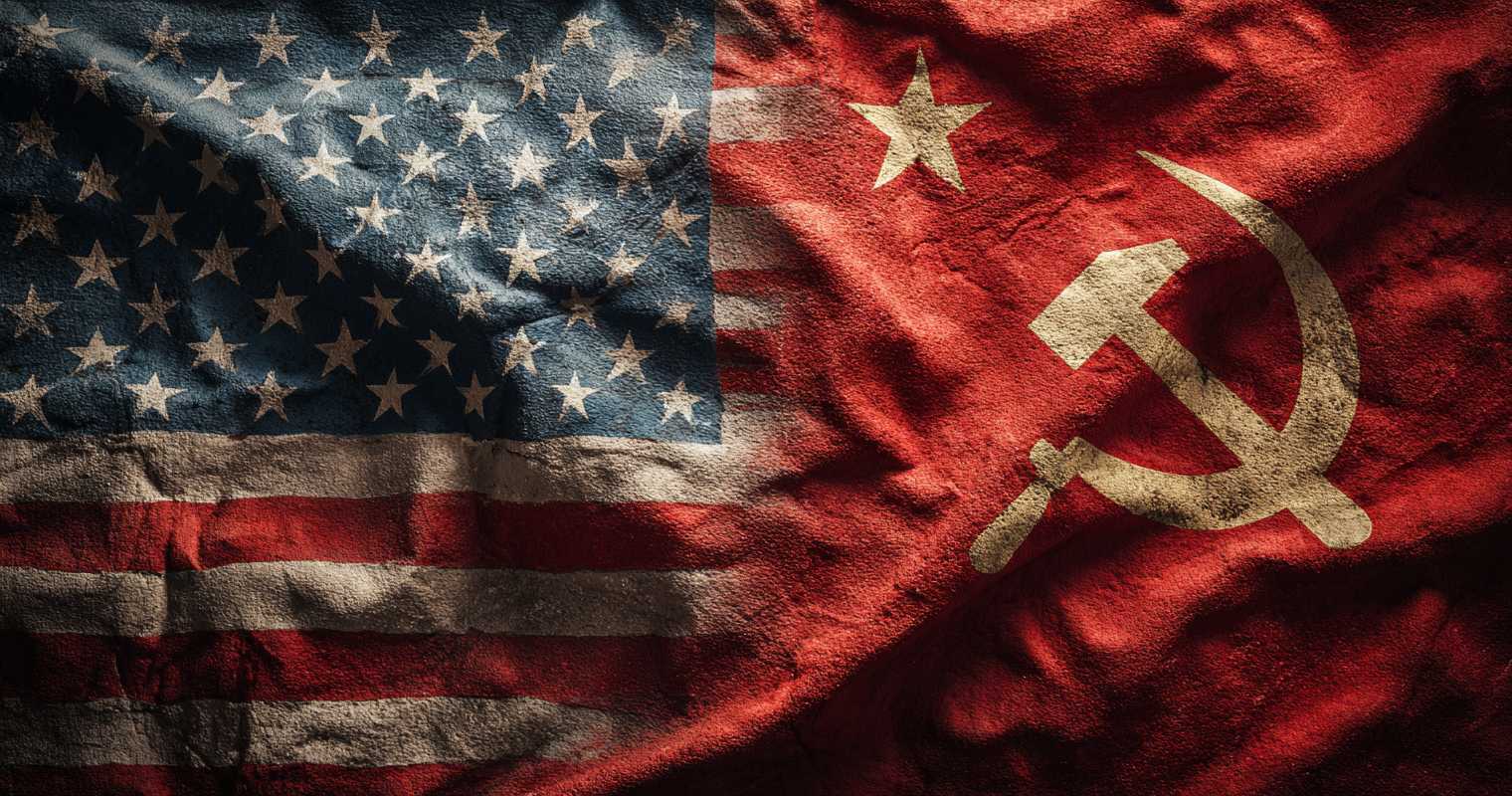
Amid the shifting tides of the mid-20th century, the Cold War US History Quiz shines a light on a period that redefined American innovation and cultural identity. Skyscrapers rose higher as cities embraced bold architectural designs that symbolized ambition. Suburban neighborhoods flourished, bringing new ways of living and reshaping family life. Television connected households to national conversations, blending entertainment and shared cultural moments. Music evolved rapidly, from the swing of jazz to the birth of rock and roll. Each element contributed to a uniquely transformative era of creativity and progress.
This was also a time of extraordinary and amzing technological ambition. Scientists and engineers pushed boundaries, leading to breakthroughs in space exploration, communication, and industrial design. American schools began emphasizing math and science, fueling a generation eager to build the future. Popular culture mirrored this drive, with films and literature reflecting both optimism and curiosity about what was to come. Every invention, from household appliances to aerospace innovations, reflected a belief in progress and potential.
The Cold War US History Quiz celebrates how cultural expression, technology, and social change intertwined during this remarkable era. Art thrived in galleries and public spaces, presenting bold new visions. Food culture expanded with convenience-driven innovations, shaping daily life in kitchens nationwide. Community events, state fairs, and local festivals became vibrant expressions of regional pride. These connections built a society fueled by invention, creativity, and shared ambition.
Technology And Cultural Transformation
Space exploration captured the nation’s imagination. The race to the stars inspired schools, industries, and a generation determined to learn and create. This movement ignited a cultural fascination with science that touched every aspect of society.
Household technology advanced rapidly. Refrigerators, washing machines, and televisions became common, transforming routines and creating new cultural norms. These innovations gave families more time for leisure and connection.
Architecture embraced modernism. Bold lines, glass façades, and futuristic designs transformed city skylines. These structures symbolized progress and optimism, shaping an era defined by ambition and style.
Music, Media, And Everyday Life
Music evolved as a unifying force. Jazz clubs thrived, rock and roll emerged, and iconic performers brought new energy to cultural life. These sounds became the soundtrack of a generation.
Television connected the country like never before. Popular programs turned living rooms into shared cultural spaces. Families gathered nightly, forming traditions rooted in entertainment and storytelling.
Print media also flourished. Magazines celebrated design, technology, and celebrity culture, while local papers documented community milestones. This vibrant media landscape reflected a nation eager to define itself in bold, new ways.
Food, Festivals, And Community Spirit
The era’s cuisine reflected both tradition and innovation. Frozen meals and convenience foods gained popularity, but local diners and home-cooked recipes kept regional flavors alive. This balance created a unique food culture.
Festivals celebrated this spirit of community. State fairs showcased agricultural achievement, music performances, and emerging technologies. These gatherings strengthened civic pride and cultural identity across the country.
Sports became a vital cultural outlet. Baseball, basketball, and football games brought people together in stadiums and around televisions. Athletics became a powerful expression of shared experience and excitement.
7 Fun Facts About Cold War US History Quiz
- Television ownership in the US grew from less than 10% of households in 1950 to over 80% by 1960.
- Rock and roll music symbolized youth culture and social change during the Cold War era.
- Modernist architecture reshaped cities with daring designs and futuristic concepts.
- Space exploration spurred a nationwide interest in science education and innovation.
- Drive-in movie theaters became iconic gathering spots for families and friends.
- State fairs combined entertainment, agriculture, and emerging technology displays.
- American diners became cultural landmarks, celebrated for their comfort food and community atmosphere.
7 Serious Facts About Cold War US History Quiz
- Federal investment in science education grew significantly during this period.
- Television became the dominant medium for news, entertainment, and cultural influence.
- Architecture embraced sleek, futuristic designs, shaping urban development.
- Technological advancements improved both industrial productivity and domestic life.
- Music genres like rock and jazz became symbols of cultural transformation.
- Festivals and fairs reinforced community pride and celebrated progress.
- Sports expanded into national events that helped define American cultural identity.
Cold War US History – FAQ
The Cold War was a period of geopolitical tension between the United States and the Soviet Union and their respective allies, lasting from the end of World War II in 1945 until the dissolution of the Soviet Union in 1991. It was characterized by ideological, political, and economic competition, but without direct military conflict between the two superpowers.
The main causes of the Cold War were ideological differences between capitalism and communism, territorial disputes, mutual distrust, and the desire for global influence. The division of Germany and the development of nuclear weapons also contributed to the escalation of tensions between the United States and the Soviet Union.
